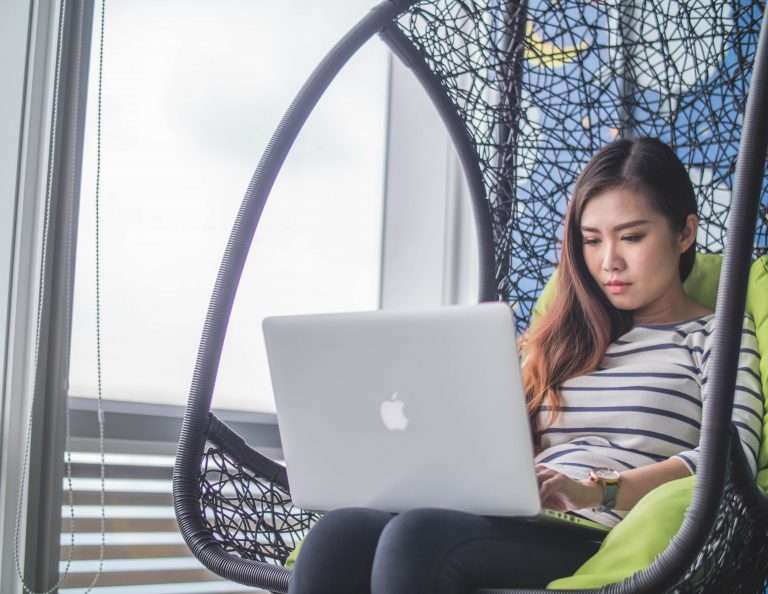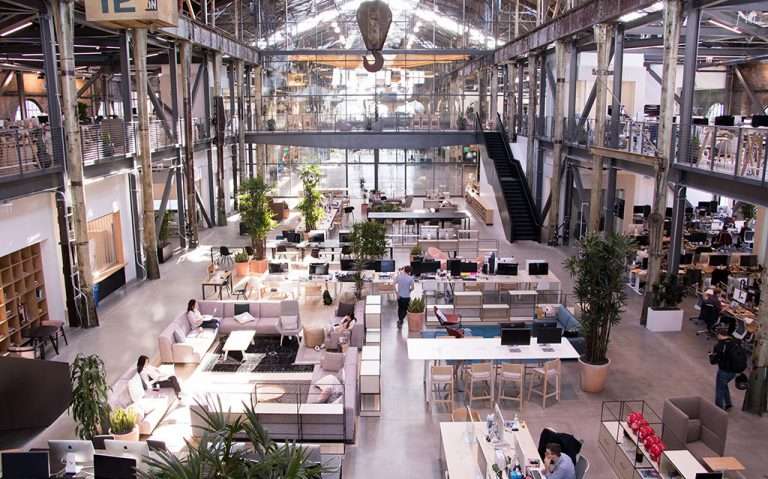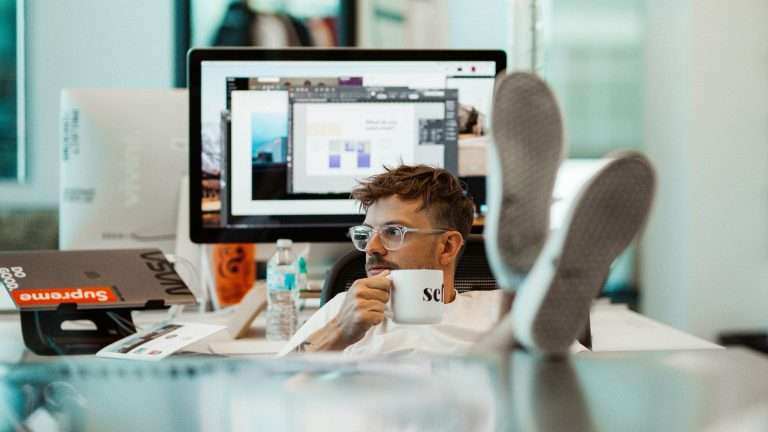What makes you stand out from the crowd as an employer?
Now this is quite a big question to start a blog with but as the battle to attract top talent intensifies, this is something that we as businesses seriously have to think about.
One thing is for sure. When it comes to your office and potential employees, first impressions count. You need to make sure you are sending the right messages.
For example, having an awesome coffee machine is great but it doesn’t mean you have an awesome office. Potential employees demand far more from their employers than an endless supply of nice coffee. Creating the right office environment is all about making sure that people feel ‘at home’ the moment they walk through the door.
You might be thinking surely work is work and it shouldn’t feel like home? Well, really it should be a balance between the two. You need employees to feel connected with the office, comfortable, motivated and productive.
Employment is thriving
Recruitment has never been more competitive. According to official statistics (June 2018), Britain has a joint record high employment rate of 75.6% with 32.39 million people now in work. Unemployment is now just 4.2% and the number of working people aged 50+ has reached a record 10.18 million.
As people are becoming increasingly employable, companies are finding themselves in a competitive race to find the top talent in industry. Not helping the situation is the fact that loyalty is reducing. People spend an average of 4.5 years in a job, which leaves businesses having to really think about why would somebody work for us?

Culture club
The most successful brands of today have a clear identity and culture, hence why we feel comfortable returning to them time and time again. So, before you start making changes to your office, ask yourself: Does our business have a clear vision?
If your mission statement is in a dusty filing cabinet or somewhere on the staff noticeboard, chances are, you aren’t actively promoting it throughout the business. Without a clear vision, your office will be just another office, rather than a vibrant environment which reinforces your brand and culture. Lack of direction is one of the biggest turn off’s for potential employees.
Apple’s late founder Steve Jobs was the driving force behind the company’s new HQ in California: a huge, circle-shaped building housing 12,000 people. The gleaming white facade resembles a spaceship in a national park, with 6,000 trees covering the 150-acre site. Inside, there is a 100,000 sq ft fitness centre and a cafe that can serve 4,000 coffees at once, while the 1,000-seat theatre is topped with an enormous 165ft-wide glass cylinder.
Everything about this building was deliberate. It’s immense size, the impact, and its sky-high specification. It was built to inspire future Apple employees with its attention to detail and was intended to set a standard for them to follow in their work. Apple CEO, Tim Cook, described the project as a ‘100-year decision’.
There is no way our office can be like the Apple HQ you might be thinking, the point here is, that this workspace reflects the attitude, stature and future ambitions of the company. Does yours?
Stimulating spaces
A March 2018 survey by Personal Group, found that 56% of respondents were not happy in the workplace. More than half of frontline employees (54%) were rarely or almost never keen to get to work in the morning. The unhappiest employees were 18-29 year olds with more than half (52%) rarely or almost never happy at work. So how do companies combat this?
It's all about balance!
Today’s most successful offices have been carefully designed to offer staff a variety of areas to work in, which boosts inspiration, social interaction, and productivity.
When it comes to attracting groups such as the latest graduates to your company, remember they have grown up using digital learning styles and have been encouraged to study wherever is best for them, including outdoor spaces. To this group of people, being forced to sit at one desk would be frustrating and oppressive.
This is why the offices of today need to support activity based working.

This is all about using different spaces throughout the day, not each individual owning a workstation. (I started this blog at a desk, then I worked on it from a quiet corner of the office and now I am finishing it on the train). People like to move around. Offices that cater for this style of work often have booths for focused work, hot desking for traditional working when required, small offices and acoustic panels to break up an open area. Many people find that informal spaces within the office prove to be the most popular. They become a social hub for workers from different departments to sit and socialise.
Research has shown that people entering the workplace now favour businesses that offer flexible working and a friendlier company culture; qualities that are typically associated with smaller companies. With 48% of 16 to 24-year-olds saying they would prefer to work for an SME than a larger organisation, we all need to adapt to the shifting priorities of future candidates.
Offering flexibility in the workplace breeds creativity and communication but your office design does need to be right. Its very hard to grow a creative culture in a traditional open plan space, which is dominated by rows of desks.
Desirable destinations
Tech firms in Silicon Valley have been leading the way in attracting staff through alternative office design, mainly because competing companies need to get super creative to attract the best computer boffins.
Founded by Joshua Reeves in 2011, Gusto has become a billion-dollar enterprise making human resources software for small businesses. When you walk into the company’s new headquarters in San Francisco, the receptionist invites you to remove your shoes and store them in a cubby (socks can be provided). Reeves founded the business at home and was raised to always take his shoes off at the door, a policy which has remained unchanged as the company has grown.

The office is designed “to feel like a home, to be comfortable and authentic,” says Reeves.
The building has one central room, which the 275 employees call “the living room“. Employees do get an assigned desk, but they also have the flexibility to work from wherever they want. Reeves, however, chooses to change his desk at least once a month so he can work with different teams throughout the company.
From the outset, Reeves wanted Gusto to be a great place to work. It is safe to say that he succeeded. In 2017, Fortune magazine named Gusto as one of the Top 100 workplaces for millennials.
By 2020, almost half of the workforce will be made up of millennials.

So what can you do to make your office more appealing to industry talent?
First and foremost, try not to get wrapped up in the subjective opinions of everybody else when it comes to office space. Before you can get your workspace spot on you need to establish how your employees work, what tasks they do day to day and how they feel about their work environment.
Here are just a few things to think about when it comes to creating the ideal environment for a variety of people and work styles.
- Do you have a variety of spaces in the office? Think about collaboration, high focus individual work, low focus individual work, impromptu discussions and socialising. Can your team move around accordingly?
- Are the core values and cultural characteristics of your business spilling out within the environment? People should be able to get an impression of you as soon as they walk in.
- Do you know, honestly, how your employees feel about working in your current office space?
Remember, competitive candidates will come armed with questions for you. Interviews are now a two-way street. Your office will answer a lot of those questions without a word being spoken. Be aware of that.
You know the phrase, a picture is worth a thousand words. The same applies to an office space.

